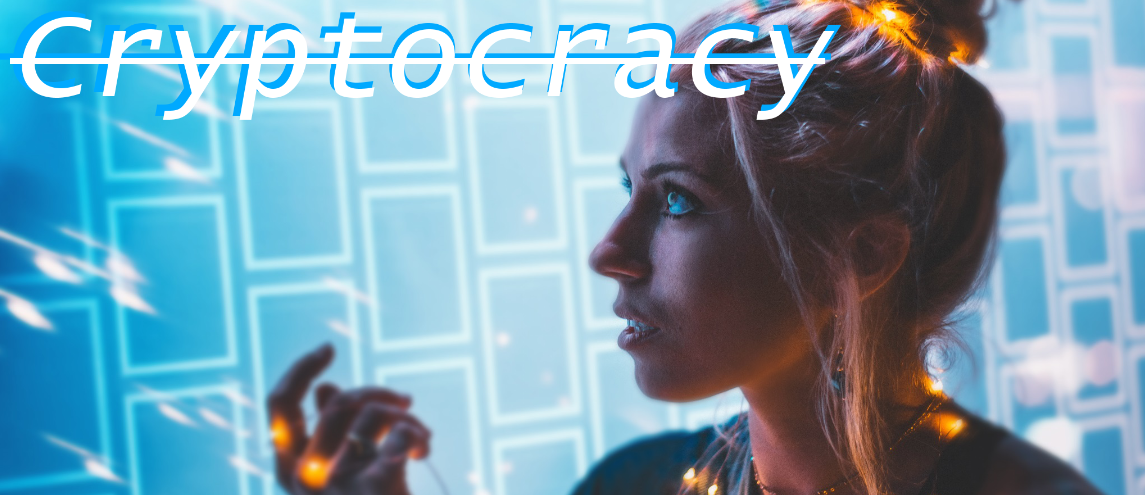Cryptocracy: A Dash Primer

In active, real-world usability, one cryptocurrency is queen to Bitcoin's king. Dash, previously Darkcoin and XCoin, has integrated their currency with online merchants in a one-by-one crawl towards acceptance. This “Boutique” approach may be a work intensive way of going about usability, but it has some advantages over the lofty universality that other cryptocurrencies are working towards. Namely, Dash can actually be used right now.
_logo.svg.png)
Miners and Masternodes
Dash effectively uses both Proof of Work and Proof of Stake in their system. Miners make up the lower level of network transactions, creating new blocks on the chain to generate additional Dash and process transactions. This isn’t abnormal for Proof of Work cryptocurrencies. Things get interesting when you elevate to the second level, where masternodes perform higher level functions. A masternode is created by anyone holding over 1,000 Dash, and grants that user the ability to participate in Dash’s governance system. These masternodes also allow the use of PrivateSend anonymous transactions.
Dash as a Decentralized Autonomous Organization
Dash is a Decentralized Autonomous Organization, or DAO. That means that Dash is governed by the blockchain, without the need for a trusted third party. The system is relatively immutable, requiring masternode consensus before any changes can be made. This limits what the Dash Core Team can do to the code, which is both a security feature and a potential hindrance if issues are discovered. Proposals can be submitted, after which all masternodes can vote on the issue at hand. If the proposal goes through, the system can be modified.
PrivateSend
One of the prominent features of the Dash cryptocoin is the ability to perform transactions in an anonymous, untraceable way. Through the PrivateSend system, someone can choose from a predetermined set of transaction amounts and forward that amount to a masternode. The masternode takes all of the same-sized transactions and shuffles their destination address, so that no individual Dash coin goes directly from sender to receiver. Everyone receives the amount that they are expecting to receive, but from a different source. This adds a considerably level of security to the transaction, as no one but the sender and receiver know where the payment came from.
So why Dash?
Dash has an array of digital merchants that have already signed on to their payment system. The ability to pay directly in cryptocurrency is still novel, and Dash is one of the few currencies that have already succeeded in implementing this ability. Further, the Dash Evolution system is nearing release. Evolution is an internal payment network that simplifies sending wallet-to-wallet and allows merchants to more easily integrate the Dash system into their sites. The goal with Evolution is to directly compete with services like PayPal, but using cryptocurrency rather than fiat.
But why not?
Many other cryptocurrencies are jockeying for the same position as Dash. Litecoin seems to have beaten them to the punch with LitePay, and LitePal coming out later this year. While Dash is usable on many merchant sites already, they add them one by one, until Evolution gains steam. They are still one of the first to market, and their individual coin value shows that investors still believe in their technology. The only question is whether they will continue to outpace their considerably competition.
This is part of my ongoing series of basic primers for cryptocurrency. If you found it useful, interesting or just like my style - consider following me! I can also be found on Twitter at @Decryptios
Previous primers;
An IOTA Primer
A NEM Primer
An EOS Primer
A Stellar Lumens Primer
A Cardano Primer
A Ripple Primer
A Bitcoin Cash Primer
A Litecoin Primer
A NEO Primer
An Ethereum Primer